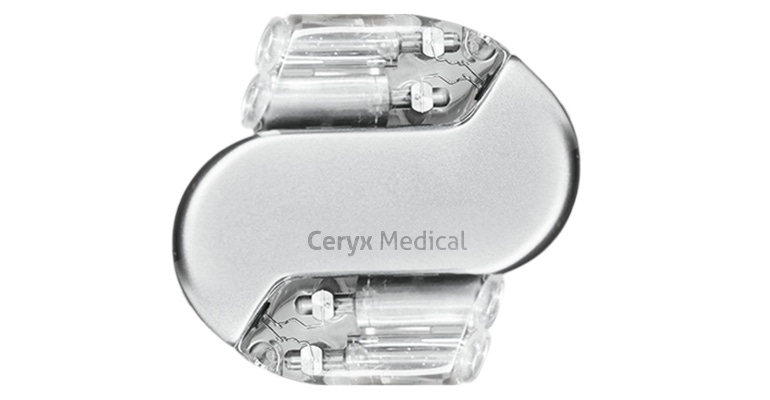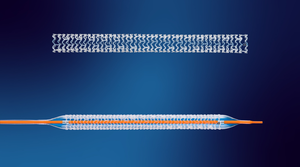Could a Bionic Device Reverse Heart Failure?
The first clinical study involving the Cysoni technology will begin later this year involving patients from hospitals in the UK, Australia, and New Zealand.
February 9, 2022

A bionic cardiac rhythm management device called Cysoni could represent a major advancement for heart failure treatment.
Cardiff, Wales-based Ceryx Medical, along with scientists at the Aukland Bioengineering Institute (ABI) and the Universities of Bath and Bristol, developed the device. Ceryx’s co-founder Julian Paton, a professor of translational physiology at ABI, began studying the relationship between the heartbeat and respiration more than a decade ago. He has since worked with his team at Ceryx Medical to develop Cysoni, and pre-clinical data showing a dramatic improvement in directly recorded cardiac output in heart failure has now been published in the international journal, Basic Research in Cardiology.
"We are delighted to have our data published, and hope that the advancements we are making in cardiovascular treatment will excite the global healthcare community, as well as giving hope to patients themselves," Paton said. "Five years of rigorous testing have led us to the stage of being ready to begin clinical trials later this year."
Cysoni is a bionic device designed to pace the heart with real-time respiratory modulation. The innovation stems from the idea that heart rate increases and decreases with each breath in normal physiology, termed respiratory sinus arrhythmia (RSA). Cysoni replicates this natural interaction, triggering heartbeats based on respiratory function, as opposed to the usual metronomic generation by traditional pacemakers. This sets Cysoni apart from existing devices, which generate an output with no breath-by-breath induced variation in the inter-beat interval. In essence, Cysoni listens and responds to the cardiorespiratory system and optimises its performance.
The team’s studies found that RSA pacing increased cardiac output by 20%, compared to monotonic pacing. This increase in output led to a significant decrease in heart failure-associated symptoms such as apnoeas and significant improvements in performance during exercise. It also reversed cardiomyocyte hypertrophy and restored the T-tubule structure that is essential for force generation. This repair of the cardiac damage indicative of heart failure is particularly exciting, the company said.
Of the 26 million heart failure patients worldwide, around 50% die within five years of diagnosis. Stuart Plant, CEO of Ceryx Medical, said Cysoni stands to dramatically improve not just the existing health and wellbeing of cardiology patients, but also their prognoses.
"We are seeing, at single heart cell level, repair to the structure of that cell because of the reinstatement of RSA via Cysoni," he said. "It’s a huge scientific breakthrough. The improvement in the function of the heart combined with the repair of the heart muscle stands to dramatically improve therapy for patients with cardiac diseases such as heart failure. And while cardiology remains our firm focus for the time being, we anticipate our technology being used to treat conditions including hypertension and spinal cord injuries, and even dementia."
Current pacemakers never provide such a large improvement in cardiac pumping, said Gianni Angelini, British Heart Foundation Professor of Cardiac Surgery at the Bristol Heart Institute and the National Heart and Lung Institute, Imperial College London.
"If this translates across to humans it may define the way we pace hearts in the future," Angelini said.
The first clinical study involving the Cysoni technology will begin later this year involving patients from hospitals in the UK, Australia, and New Zealand.
You May Also Like


